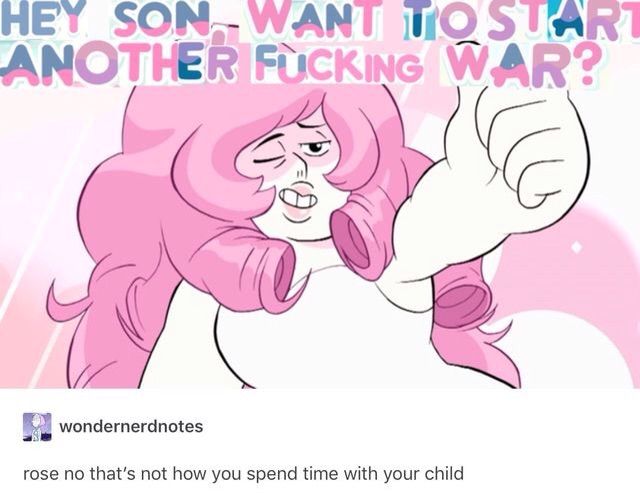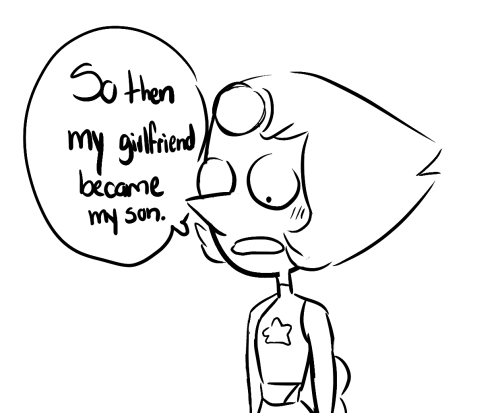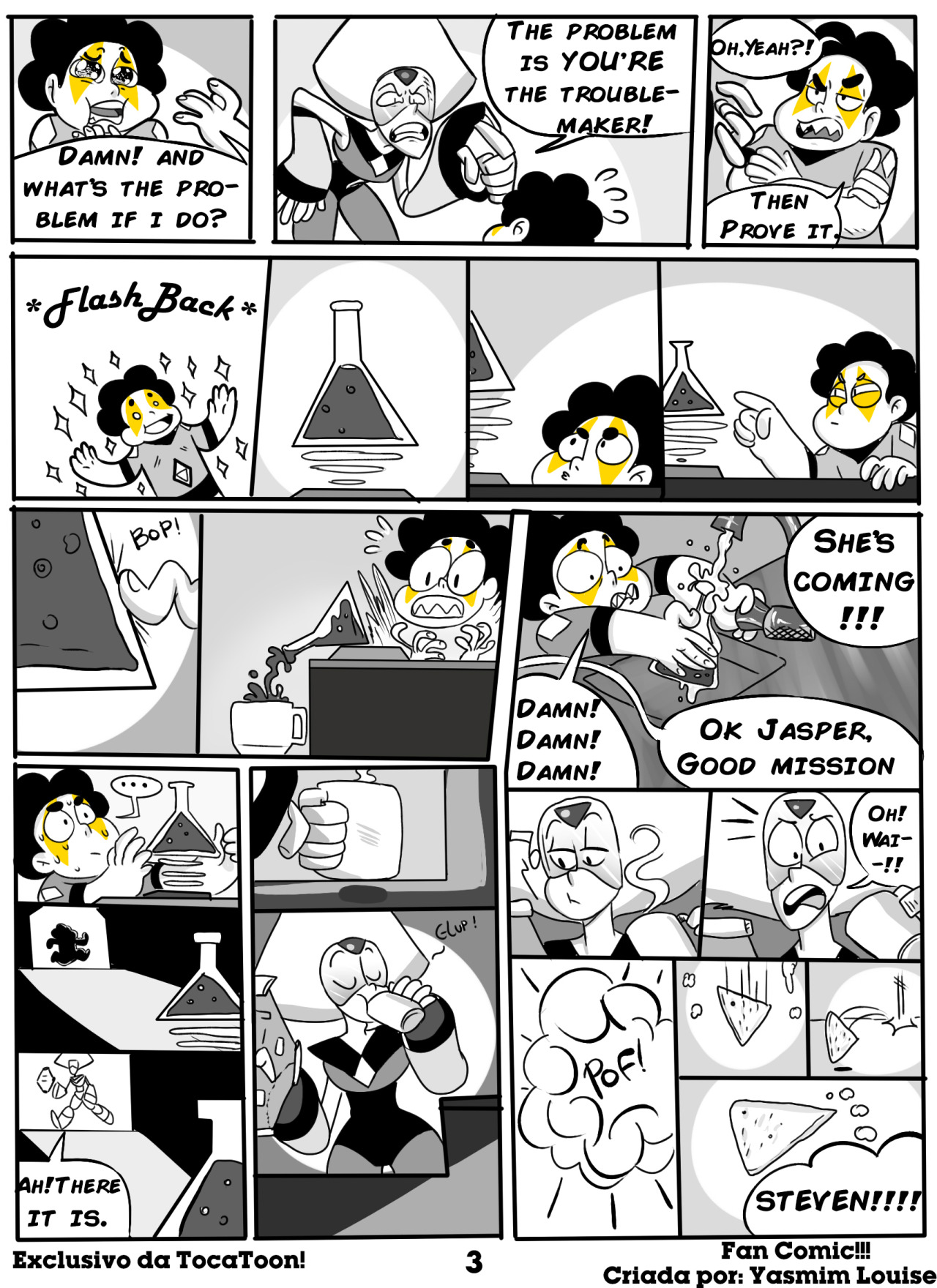

While there have always been minute criticisms of the show, its fandom, and the crew, what ultimately started the SU crit movement were posts directed at the show's colorists and story boarders, and perhaps arguably the controversy surrounding Jesse Zuke (especially considering the original SU crit arguments began as arguments directed at Lapis and Peridot). Steven universe is an experiment in just how little effort you can put into just about everything on a show, from leadership to animation and writing, and still get praise and awardsĮxample of typical SU crit by someuphillbattle, circa 2017. In 2021, Tumblr users may also identify this movement as " critical culture," which refers to audiences who have become hyper critical of the media they consume (not to be confused with critical theory or critical studies, an academic field of study). The SU crit movement may be related to the cancel culture present on Tumblr.

Steven Universe Critical is still a large community, however it is possibly not as popular as it once was.

SU crit blogs began calling those who were against the SU crit movement "SU stans," naming them under the belief that they were ignoring the shows issues. Some in the fandom even actively argued against the criticism, finding them to be closer to personal opinion than actual infallible moral issue with the show. In response parts of the fandom spoke out against these blogs, saying that they were overly negative and that they placed streams of grievances into the main fandom tags. These blogs exploded in popularity and if one intended to they could have blocked over a hundred in a day, proving their numbers. These critics began making their own separate blogs specifically to criticize the show and its crew, and accusations would range from calling the crew racist to picking apart episodes frame by frame for animation mistakes.

It began when Tumblr users started to criticize the show and then some of these criticisms were interpreted as "nitpicky" by other fandom members who were in disagreement. On one side there were the "SU crits," who heavily criticized Steven Universe and its crew for a number of reasons, and on the other side "SU stans," who either saw SU crit as needlessly critical, annoying, or simply wrong altogether. This was a long fandom war with two opposing sides, and still somewhat exists in 2021 despite the show having ended. Steven Universe critical, also called Steven Universe crit or just SU crit, was a movement mainly on Tumblr starting in early 2017. When in doubt, discuss your concerns on the talk page of the article. Please change and expand the focus by adding to the article and check out our Plural Point of View policy. No part may be used for commercial purposes directly or indirectly via a for-profit platform no adaptation or derivative works are permitted without consent from the copyright owner.PPOV: Some opinions or a particular focus may take up more space than seems justified by the length of the article or by the issue at hand. Theses may only be shared by linking to Carleton University Institutional Repository and no part may be used without proper attribution to the author. Such uses include personal study, research, scholarship, and teaching. Theses may be used for non-commercial research, educational, or related academic purposes only. This thesis argues that this is a political project, precisely because it runs counter to heteronormative expectations of identity and suggests a powerful place for queer collectivity in the lives of these young, queer fans.
#STEVEN UNIVERSE TUMBLR LOGIN SERIES#
The queer potentiality and fluidity expressed in this television series has been adopted by its fans and intensified on Tumblr, where the plurality of identity is acknowledged and encouraged. The queer science-fiction series Steven Universe and its deeply passionate fandom offer antinormative correctives through an unprecedented convergence of queerness that has simultaneously played out within the networked communities of the social platform Tumblr. Social media is yet another space where queer youth must carefully negotiate the publicness of their identities while in the process of discovering themselves.


 0 kommentar(er)
0 kommentar(er)
